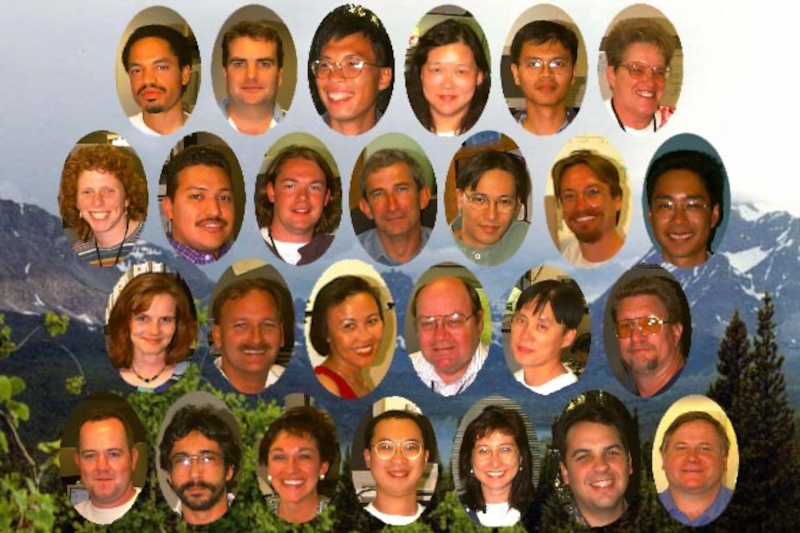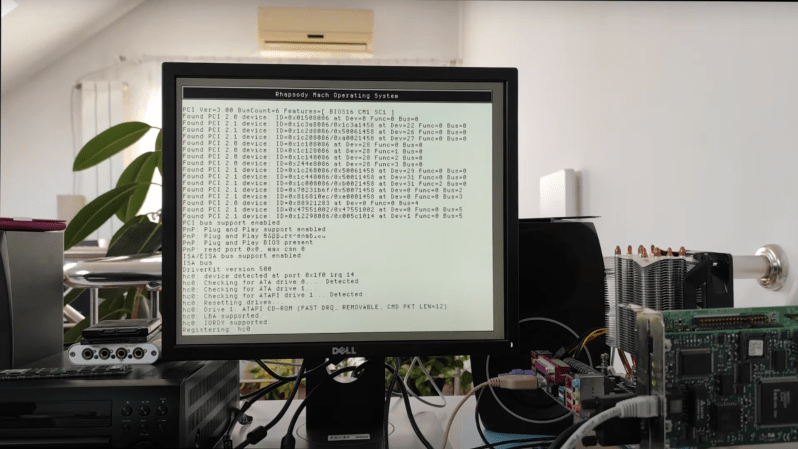Revealing The Last Mac Easter Egg

A favourite thing for the developers behind a complex software project is to embed an Easter egg: something unexpected that can be revealed only by those in the know. Apple certainly had their share of them in their early days, a practice brought to a close by Steve Jobs on his return to the company. One of the last Macs to contain one was the late 1990s beige G3, and while its existence has been know for years, until now nobody has decoded the means to display it on the Mac. Now [Doug Brown] has taken on the challenge.
The Easter egg is a JPEG file embedded in the ROM with portraits of the team, and it can’t be summoned with the keypress combinations used on earlier Macs. We’re taken on a whirlwind tour of ROM disassembly as he finds an unexpected string in the SCSI driver code. Eventually it’s found that formatting the RAM disk with the string as a volume name causes the JPEG to be saved into the disk, and any Mac user can come face to face with the dev team. It’s a joy reserved now for only a few collectors of vintage hardware, but still over a quarter century later, it’s fascinating to learn about. Meanwhile, this isn’t the first Mac easter egg to find its way here.
